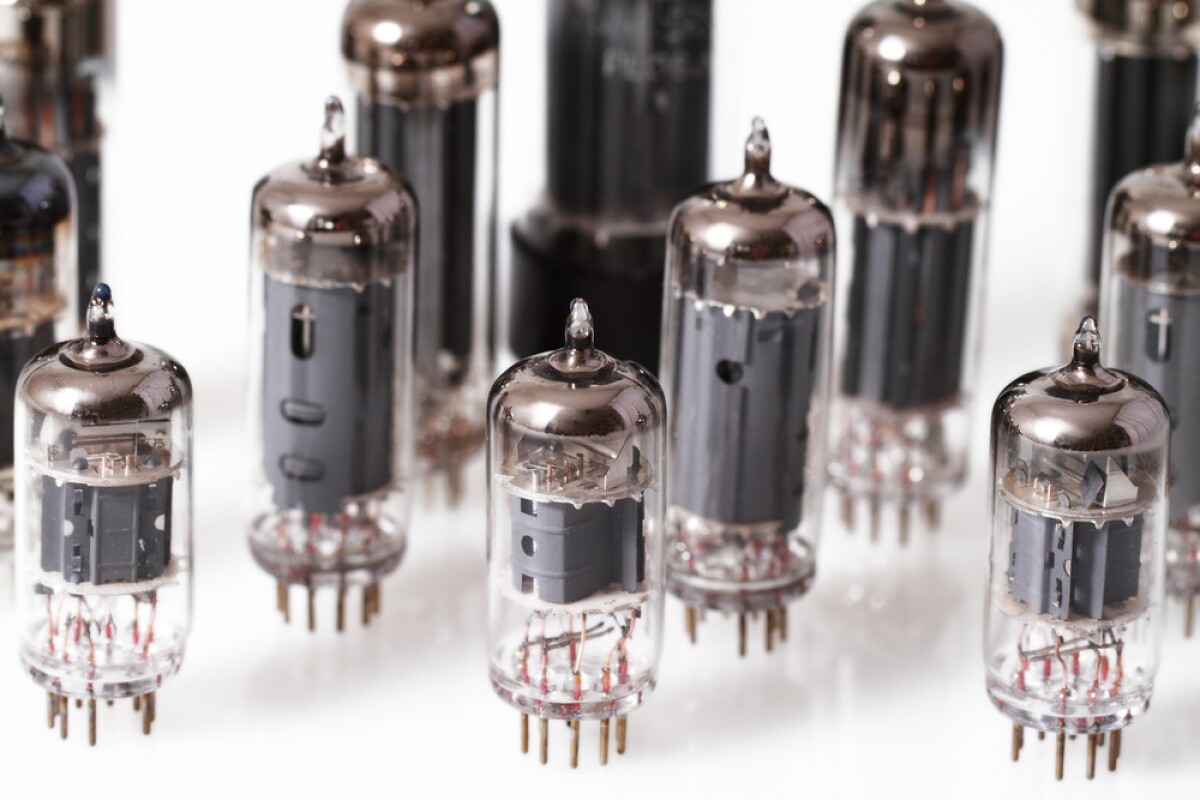Most people associate vacuum tubes with a time when a single computer took up several rooms and "debugging" meant removing the insects stuck in the valves, but this technology may be in for a resurgence with news that researchers at NASA and the National Nanofab Center in South Korea are working on a miniaturized "vacuum channel transistor" - a best-of-both-worlds device that could find application in space and high-radiation environments.
Vacuum tubes, or thermionic valves, have almost disappeared from our day-to-day life, save for some purist sound rigs and high-power radio base stations. Their replacement - solid-state transistors - are easier to manufacture, cheaper, lighter, last longer, and consume much less power. Valves, on the other hand, are more robust in high-temperature and high-radiation environments and yield a higher frequency/power output than standard transistors.
NASA/Nanofab researchers are developing a device the combines the best aspects from both vacuum tubes and solid-state transistors. Their prototype "vacuum channel transistor" is only 150 nanometers in size, can be manufactured cheaply using standard silicon semiconductor processing, can operate at high speeds even in hostile environments, and could consume just as much power as a standard transistor.
In a vacuum tube, electrons flow from the cathode to the anode by thermionic emission, the heat-induced flow of electrons. This means the cathode needs to be heated before it can emit electrons. The heating process requires a lot of power for the conventional macroscale tubes, but the energy expenditure drops dramatically as the device becomes smaller and the gap between the electrodes shrinks.
The nanoscale vacuum channel transistors being developed can operate at less than 10 volts, a significant improvement over standard tubes. The researchers say that, once the gap between the emitter and the collector is further reduced to only 10 nanometers, the power requirements will drop to less than a volt, which would be competitive with modern semiconductor technology.
The device also offers significant gains in terms of how fast the electrons can pass through. In semiconductors electron speed is limited to about 500 km (310 miles) per second, but in the vacuum they could travel at almost the speed of light - 600 times as fast.
This new technology could be used for sensing hazardous chemicals, noninvasive medical diagnostics, high-speed telecommunications, as well as in extreme environment military and space applications.
The results were published on the journal Applied Physics Letters.
Source: Eureka Alert / AIP





